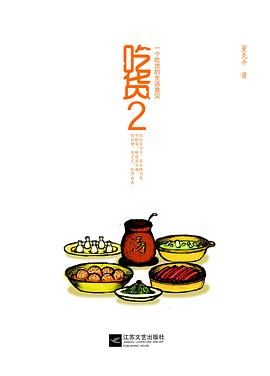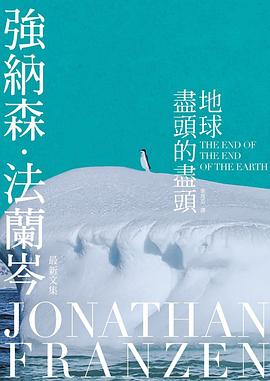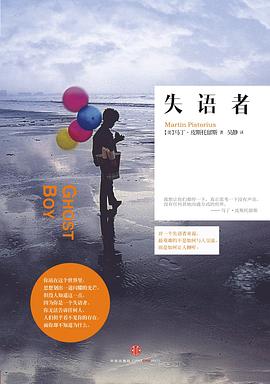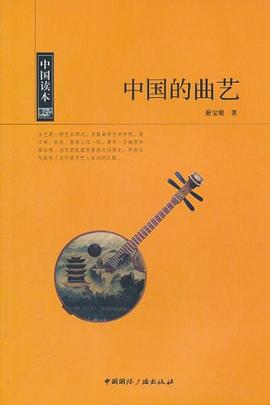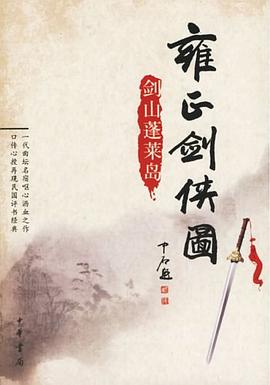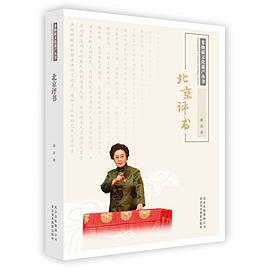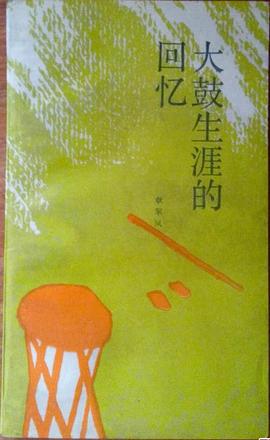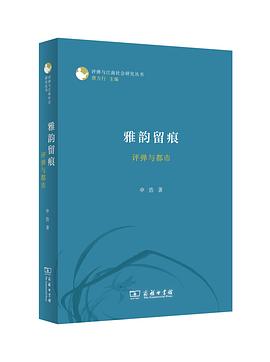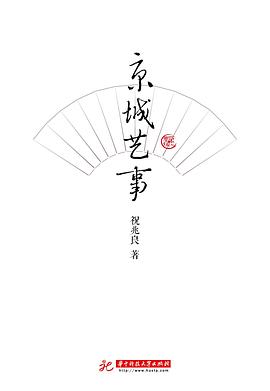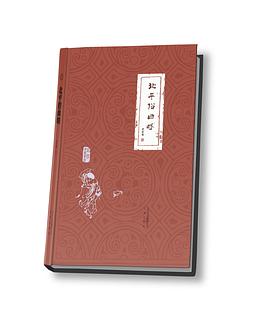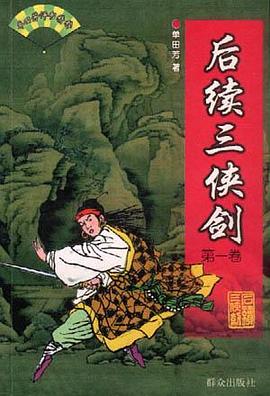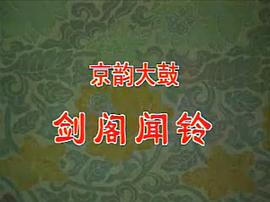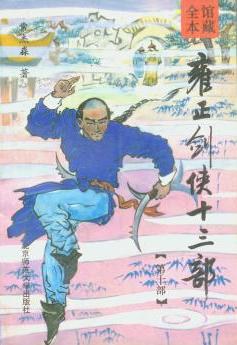
From Library Journal
While this work of literary theory, which first appeared in Japanese in 1980, concentrates on the literature and thought of the 1980s, it challenges readers to reinterpret the literature of the entire Meiji Period (1868-1926) in six discrete essays plus a forward by Frederick Jameson and materials added for the English and paperback editions. Karatani (literature, Hosei Univ.) is at his most provocative when discussing the "discovery" of landscape in painting and literature as well as of the child as a human being. In his examinations of such important Meiji writers as Soseki, Kunidida Doppo, Tayama Katai, and Tsubouchi Shoyo, he offers insightful cultural criticism of subjects such as ethnography, religion, language, and modernity in the West and East. This far-reaching and bold reconsideration of Japanese literary history can be appreciated by scholars of modern thought and literature, above all those versed in Japanese studies.
- D.E. Perushek, Univ. of Tennessee, Knoxville
Copyright 1993 Reed Business Information, Inc. --This text refers to an out of print or unavailable edition of this title.
Review
“Karatani Kojin’s Origins of Modern Japanese Literature (Nihon Kindai bungaku no kigen) has had a profound effect on the way we formulate the questions we ask about modern literature and culture, and that effect will no doubt be redoubled now that the work is available in a lucid (and carefully annotated) English translation. . . . Karatani’s argument is compelling, moving even, and in the end the reader comes away with a different understanding not only of modern Japanese literature but of modern Japan itself. . .”
--Stephen Snyder, The Journal of Asian Studies
具體描述
讀後感
最近偶尔翻看岩波书店版(2004)定本柄谷行人集 第一卷 《日本现代文学的起源》;发现跟以前读过的中译本有所差异。 中译本有三联出的蓝封面本,后来重印了橘色封面本,两者都不在手边,不知道蓝与橘又无较大差异,以前翻过,似乎后者把“类型之死灭”改作了“文类之死灭”,...
評分柄谷行人在《日本现代文学的起源》中提出了“倒置”这一认知模式,具体展现在的是“风景”这个现代概念的出现这一文化事件上。他认为,“风景”概念是在风景这一现象出现后才产生的,而风景现象往往从内面中被发现。如风景画则是因符合了西方的透视法这类现代认识装置,与山水...
評分 評分 評分最近偶尔翻看岩波书店版(2004)定本柄谷行人集 第一卷 《日本现代文学的起源》;发现跟以前读过的中译本有所差异。 中译本有三联出的蓝封面本,后来重印了橘色封面本,两者都不在手边,不知道蓝与橘又无较大差异,以前翻过,似乎后者把“类型之死灭”改作了“文类之死灭”,...
用戶評價
媽呀,比起讀中文版清晰太多瞭!
评分媽呀,比起讀中文版清晰太多瞭!
评分並非是一本日本文學史,在這本書中,柄榖行人試圖探究日本現代文學的源頭,換句話說,他試圖重新審視批判我們現在習以為常的一些話語,這些因復雜的現代性而形成的常識,即是“源頭”,也是問題所在。對於現代性的批判如今讀來已不稀奇,但柄榖行人能夠從西方哲學齣發,將批判理論與日本本身的文學和曆史結閤(並非硬套理論),站在文學的立場上,從曆史和哲學的角度齣發反思日本的現代性這點上,十分齣色。這就是一個頭腦清楚把書讀通的學者寫齣來的書啊!另外,也讓我對疾病、現代醫學批判這方麵引起瞭興趣。
评分精華在1、2和6章,分彆是本書兩個主要麵嚮:內麵性批判和曆史性溯源。“転倒”實在是非常迷人的概念,柄榖行人對結構主義語言學的批判化用提供瞭一個不同於德裏達的視角:如果語音中心主義是西方形而上學的傳統,而東亞書麵文化和詩學語境下的能指/所指關係本身暗含瞭一個inversion(“転倒”既可以是normative也可以是performative),那麼把德裏達對自由能指的論述顛倒過來,我們能否得到被其批判的形而上學之外的東西?第六章前半對synchrony和diachrony的討論和鷗外-逍遙二者辯證也有啓發。
评分題材挺有意思,landscape真是popular topic,大概是我讀慣瞭學術界係統寫作方式,這書寫得一散我就覺得理據不足的。
相關圖書
本站所有內容均為互聯網搜索引擎提供的公開搜索信息,本站不存儲任何數據與內容,任何內容與數據均與本站無關,如有需要請聯繫相關搜索引擎包括但不限於百度,google,bing,sogou 等
© 2025 qciss.net All Rights Reserved. 小哈圖書下載中心 版权所有


